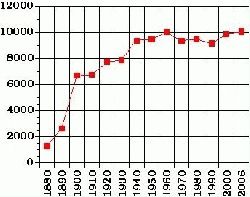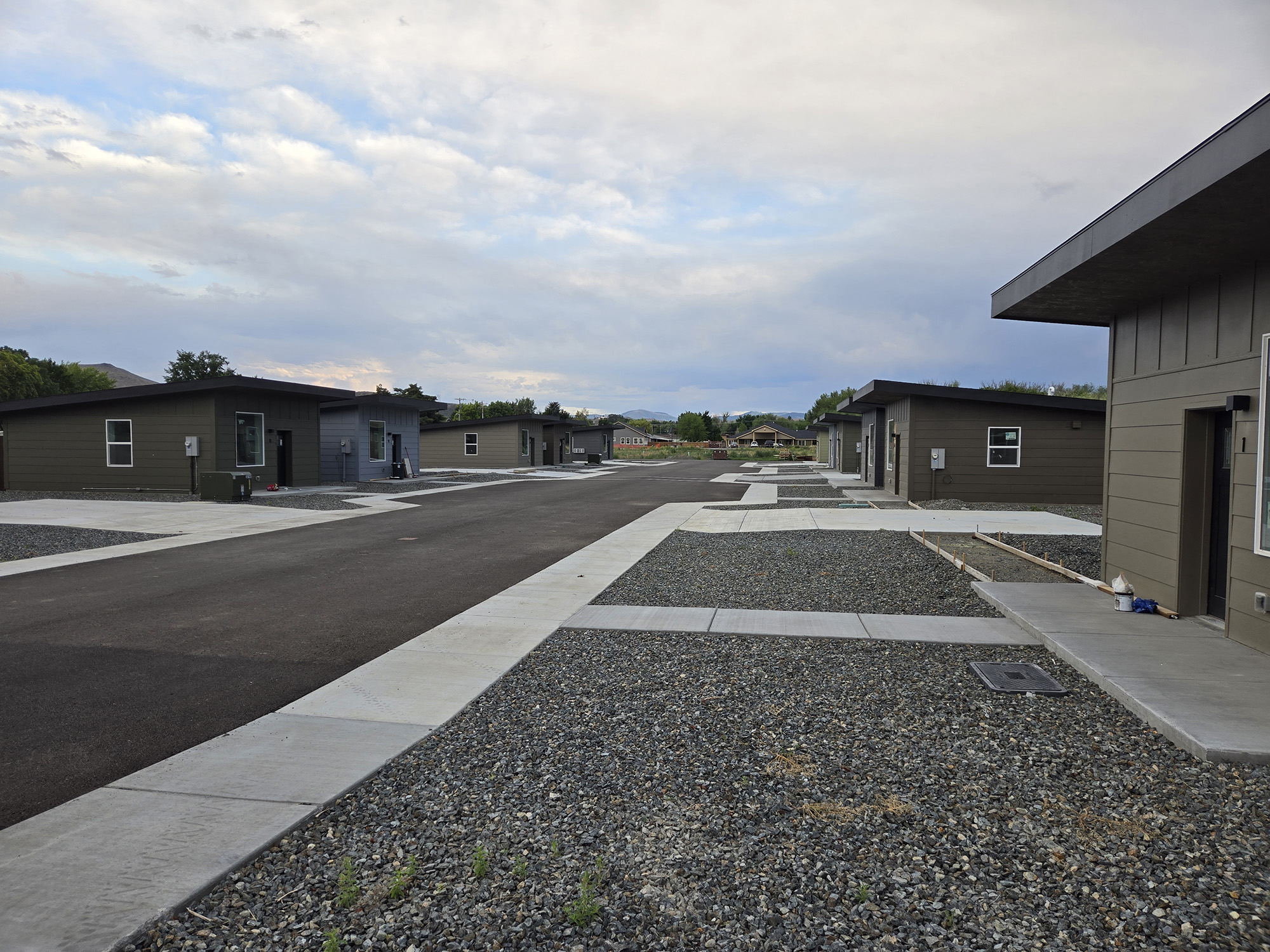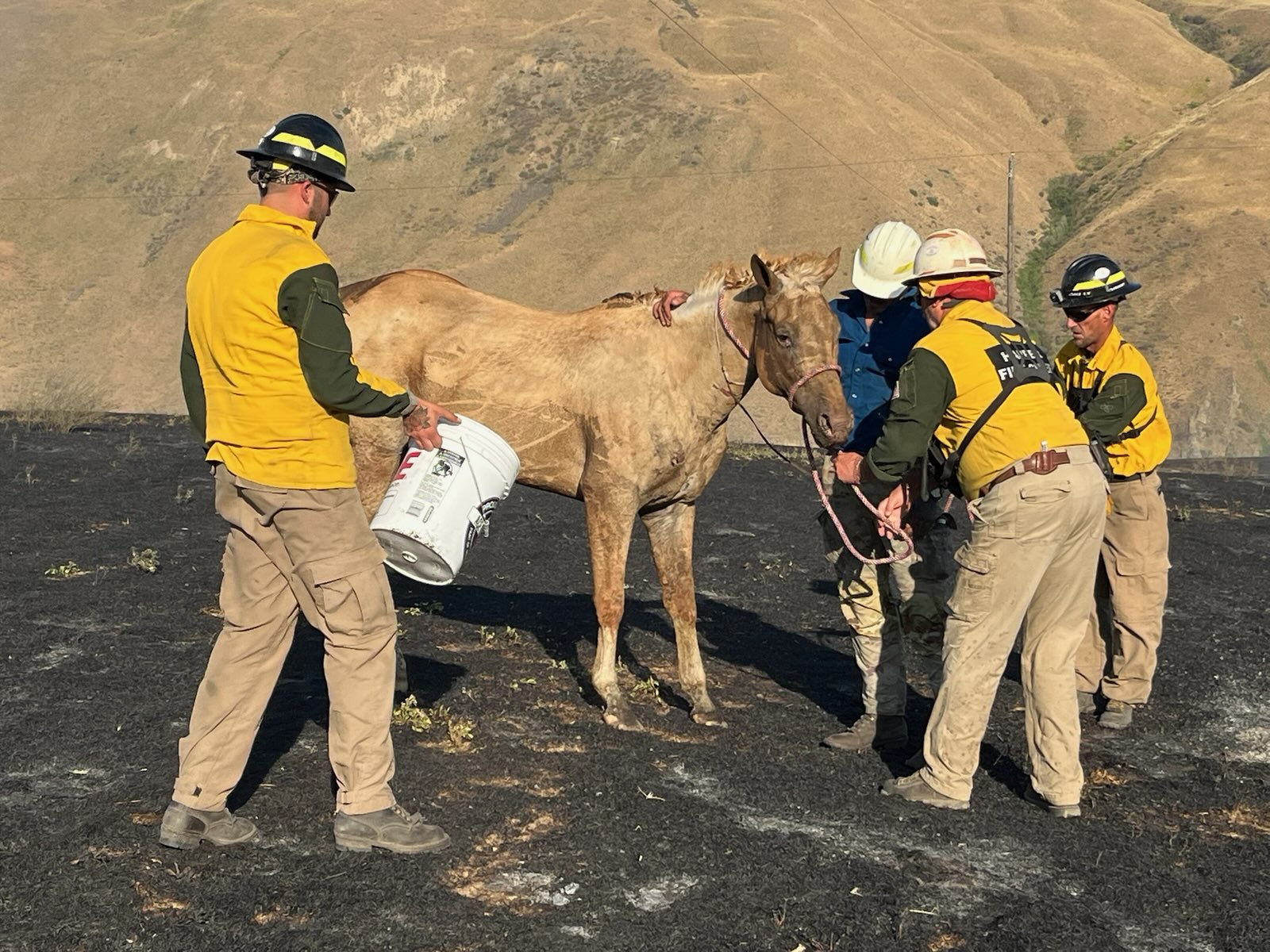Baker City population crests 10,000
Published 12:00 am Wednesday, December 20, 2006

- BAKER CITY, POP. 10,000: The chart at left shows Baker City's official population in each U.S. Census, plus the 2006 estimate from Portland State University. The PSU estimate can be high; the 1999 estimate was 560 people over the 2000 Census figure. ().
By JAYSON JACOBY
Trending
Baker City has rejoined, after a seven-year hiatus, the roster of Oregon cities with five-digit populations.
Unofficially, anyway.
We’ll have to wait another four years, for the completion of the once-per-decade U.S. Census, to find out whether the city, for the first time in its 140-year history, has surpassed the 10,000-resident level to the satisfaction of the official federal people-counters.
Trending
The city has come close a couple times, once missing the standard by only one big family (or a few more modestly sized ones).
That was the 1960 Census, which counted 9,986 people in Baker City (although the place was called plain old andquot;Bakerandquot; then voters deleted the andquot;cityandquot; in 1910 but then decided, 79 years later, to put it back).
As of July 1, 2006, the city was home to 10,035 people, according to the Portland State University’s Population Research Center. The Center handles Oregon’s head counts in the years between U.S. censuses.
andquot;We’re a micropolis!andquot; interim City Manager David Fine announced in an e-mail Monday.
andquot;Micropolisandquot; is a term demographers apply to cities with populations between 10,000 and 49,999. The word distinguishes these smaller cities from more populous places that are known by a moniker which, thanks in part to Superman, is more familiar: andquot;metropolis.andquot;
Besides bragging rights and that additional digit, Baker City’s ascendancy to micropolis status probably will have only a minor effect, at least in the short term.
The city should get about $5,400 more next year from Oregon’s revenue sharing program. The state distributes dollars from certain taxes, including ones on cigarettes and liquor, to cities and counties on a per capita basis; and state officials use Portland State’s estimates.
Baker City receives about $72 per resident from revenue sharing, and according to Portland State, the city added 75 people between July 1, 2005, and July 1, 2006 rising from 9,960 to 10,035.
This is the first year since 1999 that PSU has pegged Baker City’s population above 10,000. That year PSU estimated that 10,420 people lived here.
Yet just a year later, when Census Bureau employees tallied their records, they could account for just 9,860 residents in Baker City.
So what happened?
Was there a mass exodus of 560 people during 1999 fueled, perhaps, by panic over the impending andquot;millennium bugandquot; that was supposed to obliterate all computers, and thus civilization, at the instant 1999 gave way to 2000.
Well, no.
The dramatic difference in numbers, PSU officials admitted back then, merely highlighted a potential flaw inherent in the method by which they derive their yearly estimates.
Unlike the once-every-decade U.S. Census, in which the Bureau strives to count every person in the country through a combination of paper forms and face-to-face interviews, the PSU figures are estimates only based on computer models and a passel of statistics.
PSU officials start with the official census population, then adjust that number based on such data as housing construction, number of beds in assisted living facilities and school enrollment.
Those figures, though they can show population trends, can also mislead.
For instance, a city’s population may be increasing, even if its school enrollment is decreasing, if most of the newcomers don’t have school-age children.
According to PSU demographers, a small discrepancy in their estimates can become a large gap during the nine years between U.S. censuses. That’s because each year PSU bases its population estimates not on the official figures from the most recent census, but on the previous year’s estimate, said Risa Proehl, who works at the Population Research Center.
Although PSU’s Center is Oregon’s official source for population estimates between censuses, the Census Bureau stays busy in the interim.
Like PSU, the Census Bureau estimates cities’ populations in years between official censuses.
And in Baker City’s case the Census Bureau muddies, rather than clarifies, the population picture.
The Bureau’s most recent estimate for Baker City, as of July 1, 2005, puts the population at 9,703. That’s 257 fewer people than PSU estimates.
Several factors could account for the difference, but the most likely candidate is that the Census Bureau considers births and deaths in making its estimates, but PSU does not.
According to the Oregon Health Division, from 2001-2004, 812 Baker County residents died, and 627 Baker County babies were born.
That’s a net loss of 185 people.
The Census Bureau accounts for the fact that those statistics are for all of Baker County, not just Baker City.
The bottom line, Proehl said, is that estimates are just that: estimates.
andquot;We do the best we can with the most recent and accurate data we can get,andquot; she said.
For Baker City this year, those data arrived a bit late.
PSU sets an Aug. 15 deadline for cities to report statistics such as housing construction.
Baker City missed that deadline, Proehl said, so PSU’s initial population estimate was 9,960 the same as the year before.
Fine said he recalls faxing the statistics to PSU, probably in early September, as it happened just after former City Manager Jerry Gillham resigned Sept. 1. PSU never received the information.
Jennifer Watkins, the city’s community development director, turned in the statistics Dec. 8, and PSU revised its estimate to the current 10,035, Prohel said.
Baker City’s building department statistics lend credence to PSU’s estimate.
In 2005 the city issued permits for 33 andquot;housing unitsandquot; a combination of single-family homes (28) and manufactured homes (5).
The comparative figures for the previous five years were: 2004, 27 permits; 2003, 23 permits; 2002, 20 permits; 2001, 22 permits; 2000, 23 permits.









